Life
Sign up for our newsletter
We summarize the week's scientific breakthroughs every Thursday.
-
 Environment
EnvironmentHow one fern hoards toxic arsenic in its fronds and doesn’t die
To survive high levels of arsenic, a fern sequesters the heavy metal in its shoots with the help of three proteins.
-
 Neuroscience
NeuroscienceA new experiment didn’t find signs of dreaming in brain waves
Brain activity that powers dreams may reveal crucial insight into consciousness, but a new study failed to spot evidence of the neural flickers.
-
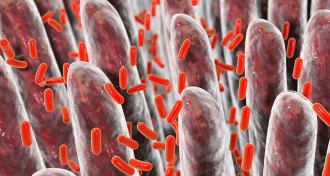 Life
LifeGut bacteria may change the way many drugs work in the body
A new survey of interactions between microbes and medications suggests that gut bacteria play a crucial role in how the body processes drugs.
-
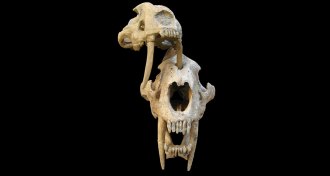 Paleontology
PaleontologyFossils reveal saber-toothed cats may have pierced rivals’ skulls
Two Smilodon fossil skulls from Argentina have puncture holes likely left by the teeth of rival cats.
-
 Health & Medicine
Health & MedicineA fungus weaponized with a spider toxin can kill malaria mosquitoes
In controlled field experiments in Burkina Faso, a genetically engineered fungus reduced numbers of insecticide-resistant mosquitoes that can carry malaria.
-
 Anthropology
AnthropologyAfrica’s first herders spread pastoralism by mating with foragers
DNA unveils long-ago hookups between early pastoralists and native hunter-gatherers in Africa.
By Bruce Bower -
 Astronomy
AstronomyQuestions about solar storms, slingshot spiders and more reader feedback
Readers had questions about solar storms, a robotic gripper, slingshot spiders and more.
-
 Health & Medicine
Health & MedicineResurgence of measles is a tale as old as human history
Editor in Chief Nancy Shute discusses the recent global measles outbreak and the history of the spread of pathogens.
By Nancy Shute -
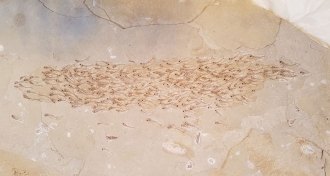 Animals
AnimalsA 50-million-year-old fossil captures a swimming school of fish
Analysis of a fossilized fish shoal suggests that animals may have evolved coordinated group movement around 50 million years ago.
-
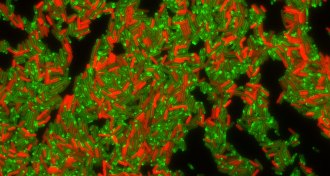 Life
LifeHow bacteria nearly killed by antibiotics can recover — and gain resistance
A pump protein can keep bacteria alive long enough for the microbes to develop antibiotic resistance.
-
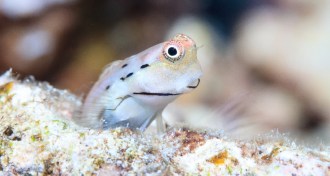 Animals
AnimalsShy fish no bigger than a pinkie provide much of the food in coral reefs
More than half of the fish flesh that predators in coral reefs eat comes from tiny, hard-to-spot species.
By Susan Milius -
 Health & Medicine
Health & MedicineBeing bilingual is great. But it may not boost some brain functions
A large study of U.S. bilingual children didn’t turn up obvious benefits in abilities to ignore distractions or switch quickly between tasks.